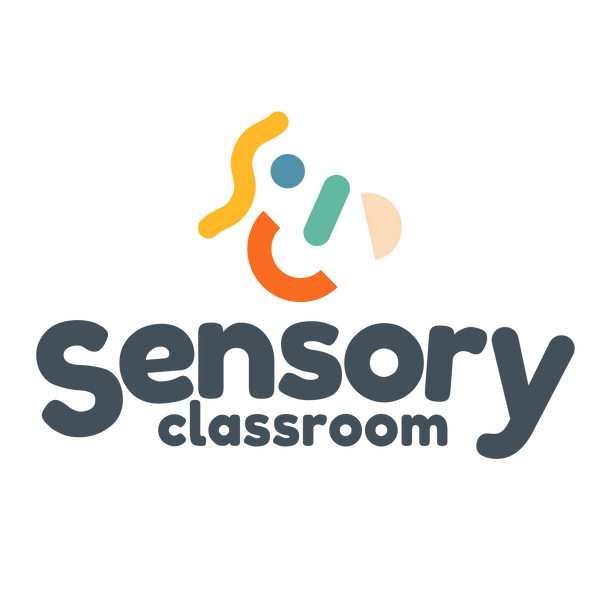AAC (Augmentative and Alternative Communication) is more than just a device or symbol board. It’s a lifeline to independence, self-expression, relationships and learning — especially for autistic, disabled, or minimally speaking learners.
But if you’ve ever asked, “Am I doing this right?”, you’re not alone.
Supporting AAC users can feel overwhelming, especially when a child isn’t instantly engaging with their system. The truth is, progress takes time — and consistency. But the good news? You don’t have to be a speech therapist to make a difference.
What actually is AAC?
AAC means any form of communication that isn’t spoken aloud — from gestures and symbols to high-tech devices like Grid, TD Snap or LAMP. Some children use AAC alongside speech (augmentative), while others use it as their main form of expression (alternative).
But having access to a device isn’t the same as knowing how to use it. That’s where you come in.
Teaching AAC: 5 Things That Make All the Difference
1. Assume competence
AAC learners are often far more capable than we assume — the issue isn’t what they can understand or think, but how much time, practice, and support they need to express it. The gap between what a learner is thinking and what they’re able to say is often massive. Presume they have something to say — always.
here is a blog about what AAC app to choose
2. Model language without pressure
One of the most powerful AAC strategies is modelling. That means you use the AAC device to speak - even if the child doesn't respond. Every time you model a word, you're helping them learn where it is, what it mean and how to use it.
💡 Top tip: Aim for 4 comments for every 1 question. Instead of “What do you want?”, try “I wonder what you’ll choose” + “I like that one too” + “I’m going to press go” + “Let’s see what happens next”.
3. Focus on why and when to communicate- not just HOW
Communication isn’t just about requesting. Children need AAC for:
- commenting
- saying no
- expressing feelings
- protesting
- making choices
- telling stories
- asking for help
If the only button they learn is “more,” we’re missing the bigger picture. True AAC learning is about offering real, meaningful opportunities to communicate — across the whole day, with different people and in different settings.
4. Build vocabulary in two layers: core and fringe
The core vs fringe concept:
- Core words: general words used every day (go, stop, like, help)
- Fringe words: specific to interests or activities (dinosaur, swing, biscuits)
Core words are where language begins. They make up 80% of what we say. That’s why the Core Word Programme was created — to focus your AAC practice on one core word each week, with activities, visuals and videos to support both school and home learning.
You can explore the full programme here: https://sensoryclassroom.org/products/core-word-of-the-week-programme-full-academic-year
Or try Week 1 for free: https://sensoryclassroom.org/collections/sensory-stories/speech
5. Make AAC available and part of daily life
Children need:
- frequent opportunities to use AAC in real situations
- modelling across all communication functions (not just requesting)
- trained and confident adults who use AAC alongside them
- patience, flexibility, and support from everyone
Objects of reference printables can be found on my storage drive, click here to watch a video all about them!
There are also loads of coreboards and training for AAC on my storage drive.
I have lots of tabbed symbol options to purchase here, using different symbol languages
and lots of Widgit Symbol sets here
Want the Full Core Word Programme?
👉 The Core Word Programme includes:
✔️ A weekly lesson structure to teach AAC
✔️ AAC Coreboards and printable visuals
✔️ Planning templates and data tracking
✔️ Activity suggestions, songs, TV clips & more
✔️ Designed specifically for AAC users who are gestalt processors
Whether you’re a teacher, TA, SALT, SENCO or parent — this gives you the tools to support spontaneous, functional language that grows with the learner.
Final Thought:
You don’t have to teach every word.
You just need to teach enough words, often enough, in real contexts.
The rest? It builds from there.


